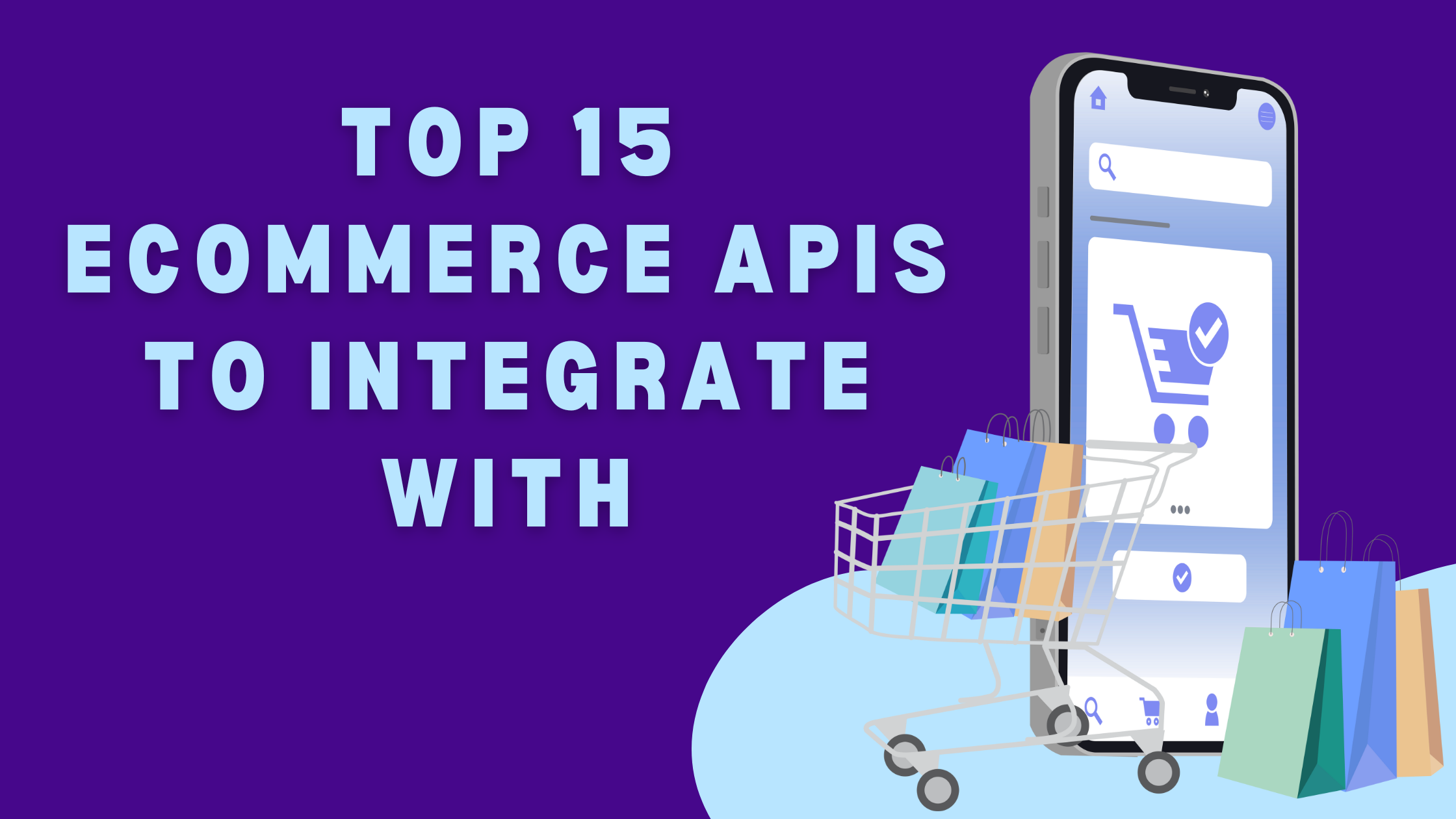Cloud based file storage services are essential in today’s business environment. Long gone are the days where data transfer required lugging around SD cards, USB sticks or god forbid floppy disks. Even file servers on local networks are going the way of the Dodo, with businesses increasingly adopting cloud storage services across the board.
This software category, originally pioneered by Dropbox, has kept evolving and further maturing. With offerings from large enterprises like Microsoft, Google and Amazon cloud storage has become mainstream. Thanks to its ubiquity in today’s technology landscape, customers have been demanding the integration of cloud storage in other tools that they rely on in their personal and professional lives.
When integrated with these APIs, customers can access all the documents they need without leaving your app. They can also access the most up-to-date folders, documents, and files inside your product. You can even use the data in customers’ files to train AI models and LLMs to unlock new use cases.
Luckily the industry hasn’t been slacking and most cloud storage providers now provide an API to allow third parties to interface with them. Here’s an overview of the most popular cloud storage APIs and we introduce you to our solution that can help you build file storage integrations via one single File Storage API.
Dropbox
Dropbox is without a doubt the category leader in the cloud storage space. The company first released their product out of the Y Combinator startup accelerator but has become a mainstream staple in the space ever since.
With over 700 million users it should not come as a surprise that Dropbox is taking the lead in the API space as well. Dropbox’s developer platform DBX allows engineers to integrate effortlessly with SDKs for Swift, .NET, Java, Javascript, Objective-C, and Python. Of course you can still directly integrate through Dropbox’s REST API.
On top of their regular API, Dropbox’s Business API allows apps to manage the user lifecycle for a Dropbox Business account and perform API actions on all members of a team, and through its Events API Dropbox provides audit logging to monitor any action in the cloud storage environment.
Dropbox’s API not only covers their cloud storage service, but also provides developers with access to their eSignature product Hellosign.
Fun facts
- 500.000 developers active on the forum
- 50 billion API calls per month
- 75% of business teams link to third party apps
Box
While Dropbox may be the category leader in the space, it’s impossible to think of cloud storage providers without listing Box. The offering of both companies is however very similar, but in terms of functionality as well as pricing. Choosing between any of these two services will mostly be a matter of personal preference.
A similar story can be told on the developer side. Box’s developer platform Boxdev is very complete, with SDKs available for Java, .Net, Python, Node and iOS. On top of that Boxdev provides prebuilt UI components for an even smoother developer experience. But the similarities don’t end there. In 2021 Box announced developer APIs for Box Sign, their - you guessed it - e-signature platform, bringing full feature parity between the competing developer environments.
The Boxdev environment is packed with useful guides for those just getting started as well as for more advanced use cases. The reference guide provides an extensive overview of all available resources and endpoints.

Microsoft OneDrive
This list wouldn’t be complete without listing the king of Office software. It goes without saying that Microsoft also has a cloud storage service to complete its Office 365 offering and it shouldn’t come as a surprise that the service is complemented with an API.
You’ll most likely access this API through Microsoft Graph, this is Microsoft’s unified API for all the Office 365 apps. Customers who’re still using on premise Sharepoint servers are not left behind and can use Microsoft’s OneDrive API with Sharepoint Server 2016.
Microsoft Graph supports an impressive list of platforms and SDKs, including .NET Core, .NET Framework, Android, Angular, iOS, Java, JavaScript, Node.js, PHP, Python, React, Ruby, UWP and XAmarin. Of course all authentication passes through OAuth 2.0.
Google Drive
With the cloud storage software category quickly becoming table stakes, big tech couldn’t be left behind so it was only a matter of time before Google jumped on the bandwagon with their own cloud storage product. Google Drive is offered as a part of Google Workspace (previously GSuite) and provides a fully featured cloud storage service.
It should come as no surprise that Google Drive is backed by a strong REST API that developers can leverage in their own services. The Drive API allows users to download and upload files, search through files and folders and share files and folders for easier collaboration with co-workers.
Much like the other contenders in this space the Google Drive API comes well documented and provides SDKs for Java, Node.js and Python. In order to get started, developers need to activate the API first in their Google Cloud Console.

Amazon S3
Amazon’s Simple Storage Service (S3) may not be a consumer oriented solution for cloud file storage, but that doesn’t make it a less valid contender in the space. With S3 Amazon pioneered flexible storage in the infrastructure space and of course it can be controlled and accessed through a dedicated API.
Amazon’s S3 API, like most of the other services, is a REST API. While there’s still a SOAP API available, Amazon is deprecating it and we recommend against integrating with it. Amazon provides SDKs for Java, Javascript, .NET, PHP, Python, Ruby, Go and C++.
Perhaps interesting to know, Amazon also offers a command line interface that can be used for making API calls to S3.
Other Cloud Storage APIs to consider.
Did this Top 5 not quite cut it for you? Here are some other players worth checking out.
Alfresco
Alfresco delivers innovative content management solutions that connect, manage and protect your enterprise’s most important information. They provide a REST API that gives you access to all the features of the Alfresco Repository.
SharePoint
SharePoint is a web-based collaborative document management and storage system that integrates with Microsoft Office. SharePoint offers a rich set of APIs that can be consumed in various ways.
Egnyte
Egnyte provides a unified platform to manage your digital content everywhere, with embedded data security, ransomware detection and built-in compliance & audit features. Egnyte’s public API enables you directly access content and manage a domain using your own application.
Azure Files
Azure Files provides fully managed file shares in the cloud that are accessible via SMB and NFS protocols. Azure Files shares can be mounted by cloud or on-premises deployments of Windows, Linux, and macOS. Azure Files also provides a REST API, often called the FileREST API, which provides another method of accessing data stored in Azure file shares.
BONUS: Apideck File Storage API
Don’t want to spend time integrating with these APIs separately? We recently launched a Unified API that integrates with all major Cloud Storage providers. This results in considerable time savings in go to market, as well as drastically reducing maintenance costs of your integrations.
As an industry first, the File Storage API is available as a REST API. Use the REST API to integrate file storage data at record speed with the data you need to integrate from any of these cloud storage connectors.

To accelerate development even further, also have a look at our File Picker. This ready-made UI component makes it even easier for your customers to browse and select files from any storage provider and load them directly into your application.
Ready to get started?
Scale your integration strategy and deliver the integrations your customers need in record time.
 Praiz
Praiz WeThrive
WeThrive


